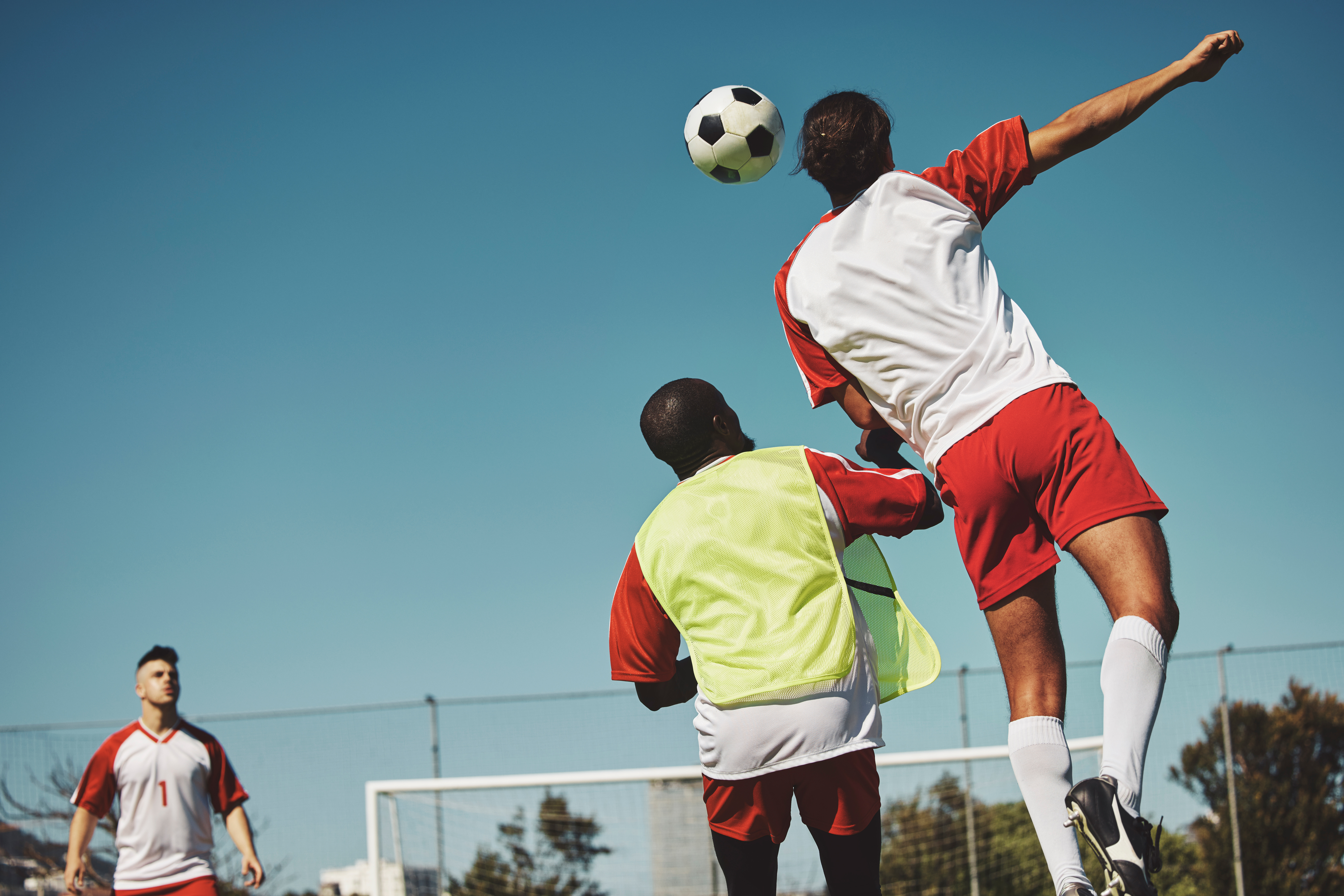Chronic traumatic encephalopathy (CTE) is a degenerative brain disease linked to repeated head injury and can only be diagnosed posthumously. Athletes who participated in contact sports have a higher incidence rate of CTE than the general population. Medical researchers first identified CTE in 1928 in professional boxers. In the early 2000s, Dr. Bennet Omalu published research documenting the detection of CTE in the brains of deceased NFL players. This discovery led to increased awareness of CTE among NFL players and alums. CTE affects thousands of athletes worldwide, and while awareness of the disease has increased in recent years, continued education and research are vital in preventing and detecting this debilitating disease.
Raising awareness regarding the dangers of CTE starts with education. The more we know, the better we can protect ourselves. At present, CTE can only be detected during autopsy. CTE has many signs and symptoms common with Alzheimer’s, Parkinson’s, and many forms of Dementia. This makes a CTE diagnosis difficult. Research is rounding the corner on detecting CTE in living tissue; this major breakthrough will open the door to treatments and possible cures.
CTE is the outcome of repetitive head trauma over an extended period, and common symptoms include trouble thinking, memory loss, behavioral changes, and persistent mood swings. While concussions are the leading cause of CTE in athletes, it is essential to note that approximately 20% of people diagnosed with CTE never had a single recorded concussion. In his TedTalk, Dr. Emer MacSweeney explains the danger of sub-concussions, an injury that involves a much less severe head impact and causes no symptoms but still damages brain cells. Dr. MacSweeney says, “Sub-concussions are 500 times more frequent,” and she mentions a 2016 Wake Forest study that found “the higher the cumulative dose of sub-concussive impacts, the greater the degree of structural brain injury.” An NFL player can suffer hundreds of these sub-concussive impacts a season. When viewed on a singular basis, the head impacts appear benign; however, on a cumulative basis, throughout a player’s career, these repetitive sub-concussive injuries can have a devastating effect on the brain.
For additional information on the NFL and CTE, please visit United Brain Association.org and select Blogs – “American Football: High Energy, High Impact.”

Numerous professional athletes have spoken about the effects of repetitive concussions on their lives after sports. Many believe their head impacts have affected their physical and mental health. Before their passing, many athletes with CTE struggled with things like depression, anxiety, trouble thinking, emotional instability, problems with coordination, and constant headaches. In a Webinar, Kevin Drake, a former NFL player, talks about how he believes repetitive head injuries have affected his life after football. He says that since retiring from the game, he has developed things like anxiety, depression, and ADD, which Drake contributes to the number of concussions he suffered while playing football. While it is impossible to say with 100% certainty that Drake has CTE, his symptoms align perfectly with other athletes diagnosed with CTE. For more information on CTE, please visit United Brain Association.org and select Brain Resources.
The relationship between head trauma and CTE has been demonstrated for over 20 years. There is no known cure for this debilitating brain disease; however, the incidence of CTE can be lessened, and possibly eliminated, by using proper techniques and advanced technologies to reduce head injuries. For additional information on Technique and Technology, please visit United Brain Association.org and go to Blogs: technique-technology-and-concussions.
Research is progressing in the field of “In Living” diagnostics, and treatments are also being developed. Awareness of the long-term impacts of repetitive head injury is a key step in prevention. Post-concussion protocols continue to improve the identification and treatment of head injuries, but they are only as effective as a player’s desire to follow them. Adhering to these protocols also applies to parents and coaches. It is everyone’s intent to make contact sports as safe as possible, both for the players of today and the sports alums of tomorrow.
If you’d like to receive updates and news from The United Brain Association straight to your inbox, please subscribe to our newsletter here. If you’d like to help us fund life-changing education and research into over 600 brain and mental health-related issues and disorders, please donate here. At the United Brain Association, NO MIND IS LEFT BEHIND!
You Are Not Alone
For you or a loved one to be diagnosed with a brain or mental health-related illness or disorder is overwhelming, and leads to a quest for support and answers to important questions. UBA has built a safe, caring and compassionate community for you to share your journey, connect with others in similar situations, learn about breakthroughs, and to simply find comfort.

Make a Donation, Make a Difference
We have a close relationship with researchers working on an array of brain and mental health-related issues and disorders. We keep abreast with cutting-edge research projects and fund those with the greatest insight and promise. Please donate generously today; help make a difference for your loved ones, now and in their future.
The United Brain Association – No Mind Left Behind




